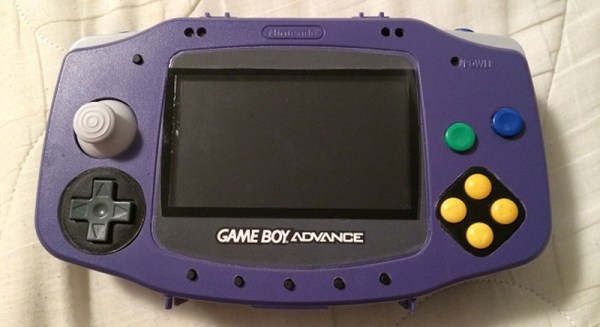“Ahhhh! They’re so cute! Wait a second, does that little robot have a spinning blade of death?!?!?” Yes, yes it does.
Welcome to Bristol University 2nd Annual Robot Wars Tournament. It’s loosely based on the old BBC show Robot Wars, where contestants would design and build fighting robots. This pint-sized version is just down right fun to watch. But don’t let their size fool you, some of these little bots pack a mean punch.
This competition follows the “Antweight World Series Rules” and must fit inside a 4 inch cube with a max weight of 150 grams. There are some not-so-fun rules attached to that, such as “No flame based weapons” and “no use of electricity as a weapon.” But hey, it still looks like a blast.
We can’t help but to think that a contest like this would be an amazing thing for local hacker spaces to set up and organize. The playing field seems to be a reasonable size, such that it could be set-up and torn-down without too much hassle. And with RC transmitters/receivers available so inexpensively these days, and ebay flooded with little robot parts from China, now seems like a perfect time to start a local robot competition. It might be a great way to draw people into making and hacking. You can watch the video of the competition and meet the makers after the break.
Continue reading “Mini Robot Wars Looks Fun And Only Slightly Scary”

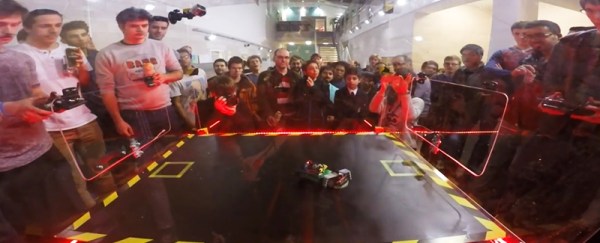
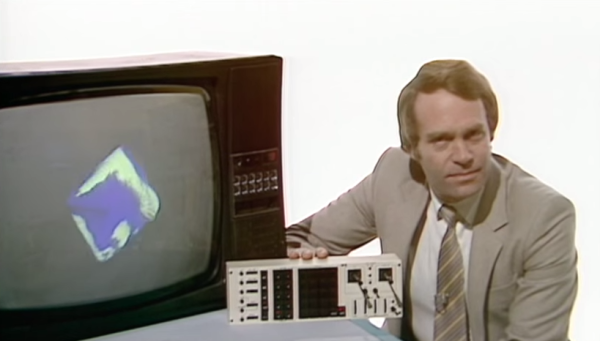

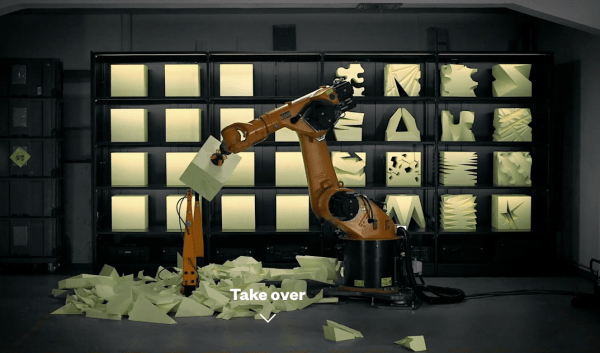
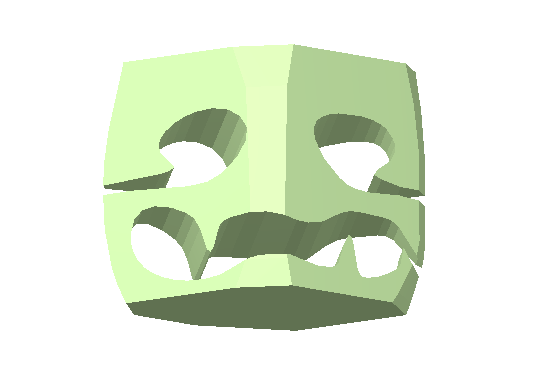 Starting today you can visit the project’s website and
Starting today you can visit the project’s website and 
